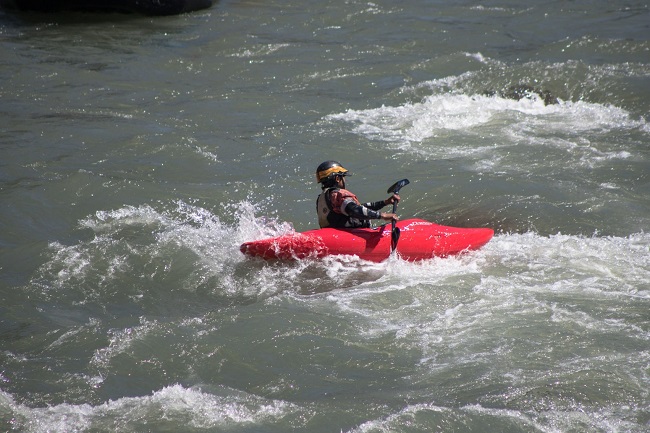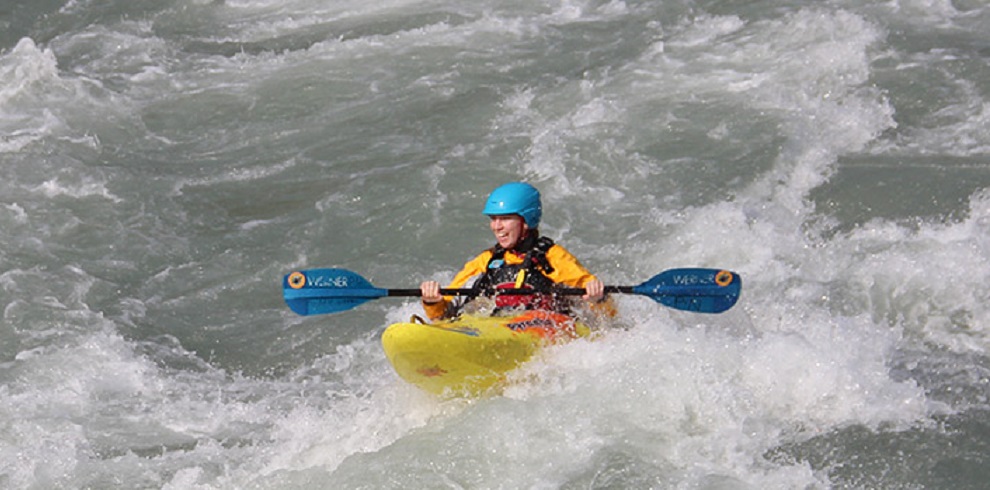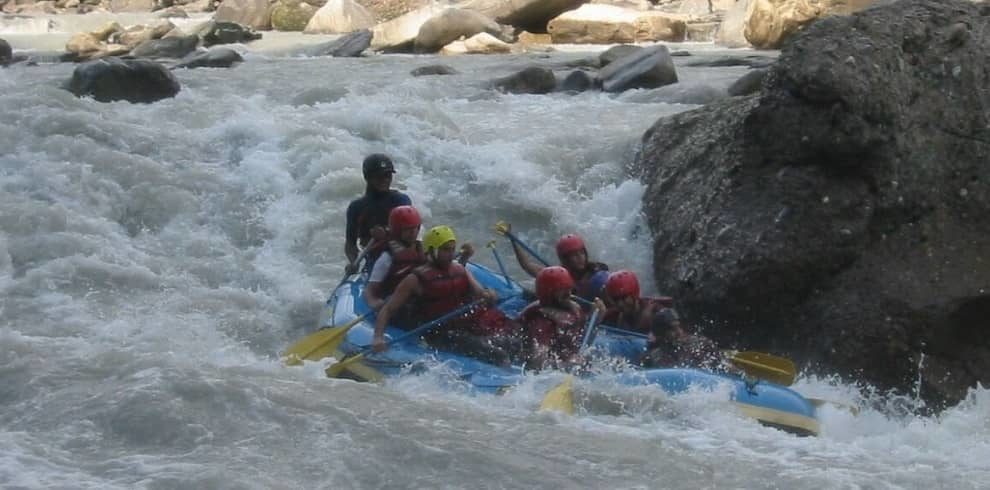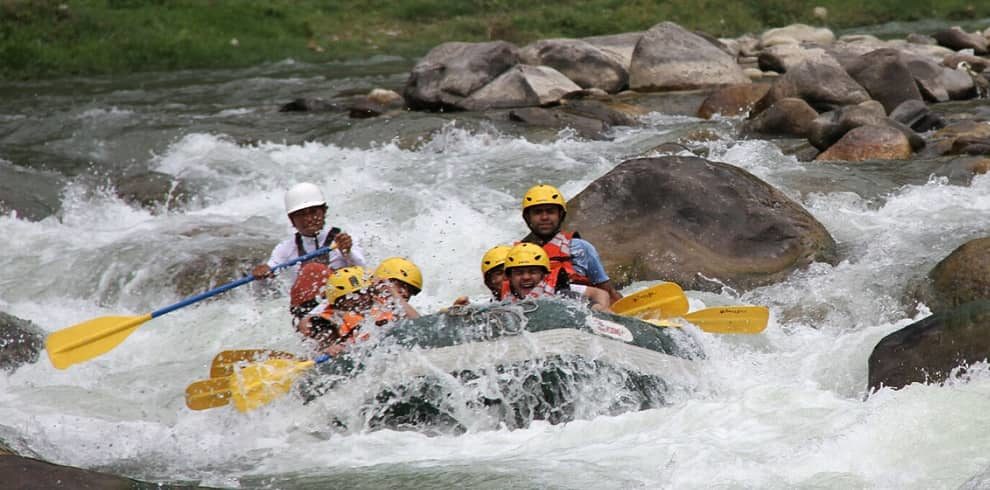Introduction To Trishuli River Kayaking In Nepal
Most visitors travel to Trisuli River Kayaking to enjoy exciting activities and to discover Nepal’s rustic life after exploring the traditional culture and modern life of Kathmandu valley.
Some of the best whitewater rafting in the world can be found in Nepal. Trishuli is Nepal’s most popular river for short rafting trips, maybe because it is so easily accessible from Kathmandu and requires no prior rafting experience.
Trishuli is ideal for families and first-time rafters. Twin Rocks (Class 3+), Ladies’ Delight (Class 3+), Upset First (Class 3+), Surprise (Class 4-), and Butterfly are the most well-known rapids (Class 3).
You can also go swimming or cliff jumping in Trishuli’s waters; we’ll point you in the right direction.
The Trishuli River travels from Gosainkunda Lake via the Mahabharat Range to Devghat, where it meets the Narayani River. You will be surrounded by gorgeous highlands and attractive Nepali villages during your adventure.
Our outstanding kayaking and rafting staff is certified by the International Rafting Federation (IRF) and is a White-Water Rescue Technician (WRT). Our expert guides are among the most talented and experienced guides in the Nepalese rafting and kayaking industry.

They are highly trained, adhere to the highest safety standards, have extensive knowledge of the Himalayan rivers, and are among the most talented and experienced guides in the Nepalese rafting and kayaking industry. You may relax knowing that you’ll be in good hands.
Highlights Of the Trishuli River Rafting In Nepal
- Bypassing the bus and traveling by river, is a fantastic way to travel.
- Travel through breathtaking gorges and canyons.
- Great for rafting and kayaking all year.
- Combine this activity with others like canyoning and camping.
- In the same location, take introductory kayak instruction.
- Paddle through spectacular gorges while keeping a watch out for local wildlife.
Best season
One of the wonderful things about the Trisuli river is that it is always a fun ride no matter what time of year it is. Whether it’s during the monsoon, when the river is twice its normal size, or during the winter, when the river becomes more technical, you’ll always have a terrific time on the Trisuli.
Experience required
Because of the river’s ‘pool drop’ character, no prior expertise is required. It’s ideal for beginners who want to get out and explore Nepal by the river. Perfect for families, friends, or even expert paddlers wishing to warm up before hitting some of the Himalayan rivers.

Accessing this river
This is one of Nepal’s most accessible rivers, making it one of the most popular (especially on Saturdays when you get the Nepali crowd coming down to enjoy the river). Pokhara is only a three-hour drive from Kathmandu on the major route. Tourist buses pass by here every day, making getting to and from the river a breeze.
Accommodation & meals
There are numerous possibilities if you decide to extend your day journey into an overnight adventure. Riverside camps are being established by an increasing number of rafting companies.
This offers up the possibility of going canyoning, kayaking, or hiking for the day. Riverside Springs has a choice of lodging alternatives if you’re seeking something a little more upscale.
You may also visit Joy of Rafting over the Trisuli River-Cost, Distance, Itinerary, In Nepal – 1 Day
Overview
- Nepal is known as one of the best sites for Kayaking, from steep, awe-inspiring mountain streams to classic big-volume wilderness trips.
- Trisuli River Kayaking is Nepal’s most popular river, with easy access from Kathmandu, Pokhara, and Chitwan. Trisuli River Kayaking is the best in Nepal.
- Along with the pleasure of Kayaking, the adventure brings together varied demographics, landscapes, cultural history, flora, and fauna.


